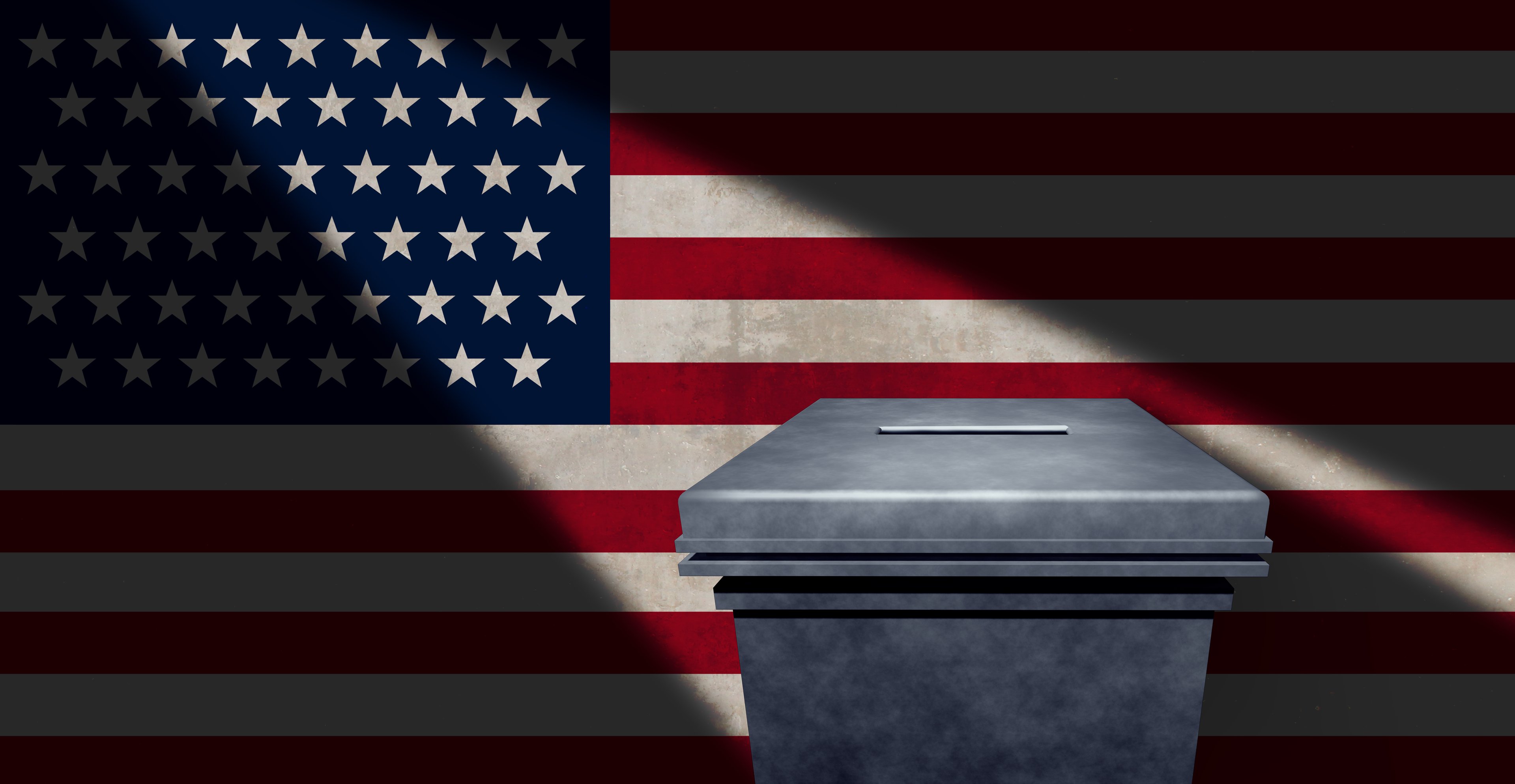
Investors have been waiting for meaningful economic data all week. Following today's fall in the S&P 500 (^GSPC 0.20%), I believe they'd rather go back to the previous three days when there was little data to speak of.
The irony is that today's important data actually came in slightly better than expected on both accounts. Weekly initial jobless claims dipped 9,000, to a seasonally adjusted 315,000, which was lower than economist's expectations, and would certainly imply that the unemployment rate, which has dipped from 10% to 6.7% in recent years, could head even lower.
In addition, retail sales in February expanded by 0.3%, modestly ahead of the consensus estimate of 0.2% by many analysts. This was a nice reversal from the 0.6% decline experienced in January, but not a surprise given that the weather across the country is beginning to warm and improve. Retailers may still face an ugly first-quarter report, but once we get beyond this weather snafu, they should be able get back on track.
What really crippled the markets today was growing tension between Russia and Ukraine. According to reports, Russia has mobilized its army near Ukraine's borders, while Ukraine, in turn, looks to be mobilizing its troops. The potential for conflict is growing, which would dramatically slow growth in Russia, and negatively impact the global economic recovery.
Following word of this growing geopolitical tension, the broad-based S&P 500 collapsed 21.86 points (-1.17%), to close at 1,846.34, for its worst single-day performance since Feb. 3. Despite the negativity, three stocks managed to explode higher.
Leading that charge was clinical-stage biopharmaceutical company Tesaro (NASDAQ: TSRO), which advanced 27.5% after announcing a collaborative agreement with privately held AnaptysBio to get ahold of its immuno-oncology platform targeting PD-1, TIM-3, and LAG-3. This agreement allows Tesaro and AnaptysBio to collaborate in the preclinical setting, with Tesaro taking control during clinical studies and during the eventual manufacturing and marketing of any immuno-oncology products. The deal necessitates a $17 million upfront payment to AnaptysBio from Tesaro, and could net a number of other milestone payments and royalties from Tesaro. While I believe Tesaro has made a smart decision to go after therapies which retrain the body's immune system to fight cancer, I also believe that today's run-up may be overdone given that AnaptysBio's development pipeline is still very young. Shareholders would be wise to wait and let its data do the talking rather than chasing Tesaro's share price any higher following this announcement.
Voice-over-Internet protocol company magicJack VocalTec (CALL +0.00%) exploded higher by 20% after the company reported better-than-expected fourth-quarter results after the closing bell last night. For the quarter, magicJack reported revenue of $38.2 million, an 8% decline from the year-ago quarter, as adjusted income dipped to $0.69 per share from $0.91 per share. By comparison, Wall Street had only been expecting a profit of $0.41 on $35.9 million in revenue, so this was a huge beat. In addition, magicJack is forecasting fiscal 2014 full-year revenue of $158 million-$163 million, which is well above the current consensus of $147.2 million. To add icing on the cake, magicJack also announced new distribution plans to get its VoIP product into 10,000 new locations in 2014 on top of its existing locations. With a forward P/E of just 12, there's a chance that magicJack's run higher could continue.
Finally, gaming solutions provider Scientific Games (SGMS 2.87%) rallied 16.4% after also reporting its fourth-quarter results. For the quarter, Scientific Games delivered revenue growth of 64%, primarily related to its acquisition of WMS Industries, which was completed during the quarter. It did, however, miss the Street's EPS estimates for a 10th consecutive quarter. What appears to be exciting investors was management's commentary that its synergy with WMS Industries is ahead of schedule. Scientific Games now expects to recognize $60 million in cost synergies by the end of fiscal 2014, well ahead of its previous forecast of $50 million. While that could translate into healthier profits, Scientific Games has already doubled during the past year, leading me to believe it may be fairly valued here.







